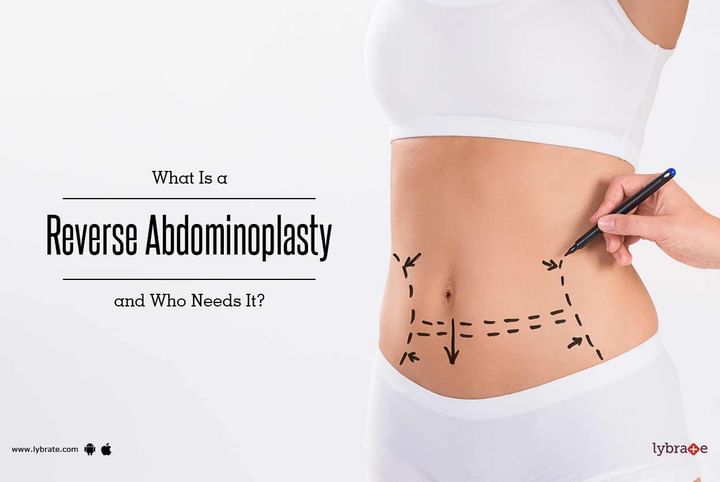What Is a Reverse Abdominoplasty and Who Needs It?
A Reverse abdominoplasty is a cosmetic surgery procedure used to improve the contours of the abdomen. Unlike an abdominoplasty to tummy tuck, this surgery addresses patients who have excessive skin above the belly button. Here the skin is pulled up rather than down.
For this surgery, an incision is made along the bottom half of the rib cage, just below the breasts. The excessive skin is removed along with fat deposits and the remaining skin is pulled in order to tighten the tissues and improve the look of the upper abdomen. This incision is usually made along the natural curves of the breast so as to minimize the visibility of the scar.
Unlike many other types of cosmetic surgery, this will require a 2 to 3 day stay in the hospital.
Women who want breast restructuring along with abdominal contouring will find this type of surgery very beneficial. This is because the placement of the incision allows the surgeon to work on both areas simultaneously. This leads to the formation of only a single scar, unlike having breast contouring surgery and a traditional abdominoplasty, which would create two separate scars.
The incision is also made in such a way that the scar created is camouflaged by the natural contours of the breasts. In most cases, it is also not visible when wearing a two piece swimsuit and thus suits more women than the traditional tummy tuck. Another advantage of this surgery is that it does not alter the position of the belly button.
A reverse abdominoplasty is usually performed on people who have a flat stomach below the navel, but have excessive fat and skin above the navel. It can be seen in people have experienced drastic weight loss. It may also be suggested as a follow up surgery to a traditional tummy tuck is the skin above the navel is still sagging. However, only a doctor can decide if this is the type of surgery needed for you.
This procedure very rarely has side effects. This is because it does not interfere much with the muscle structure and only adjusts the skin. In some cases, there may be slight irregularities. This can be corrected by further liposuction. Another issue would be the recurrence of the problem is the tissue is not correctly adhered to the rib fascia. However, this is seen in very few cases. In normal scenarios, even slight weight gain at a later date is accommodated by the skin.



+1.svg)
